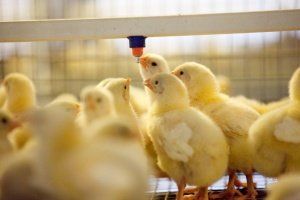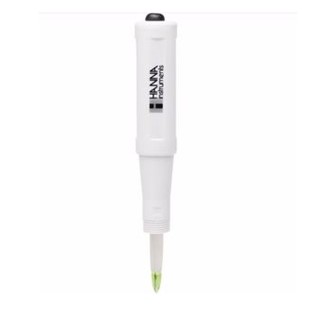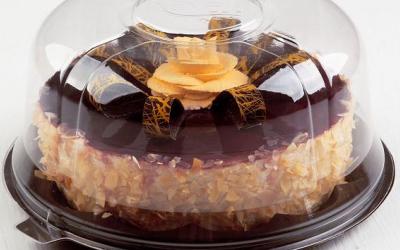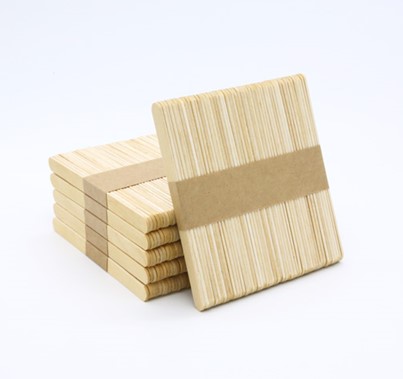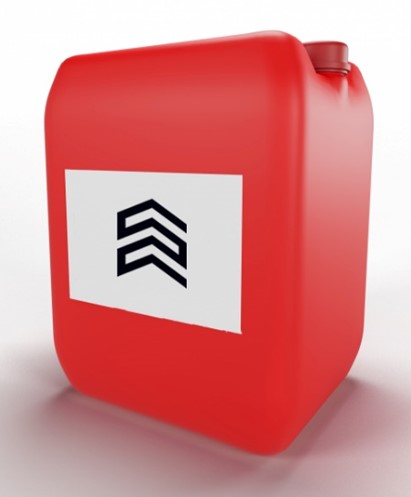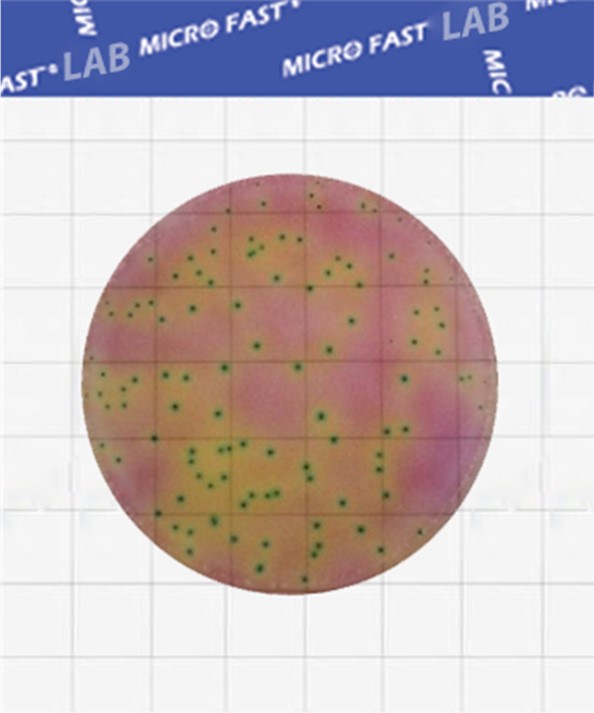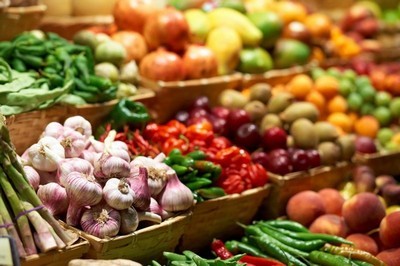Bird commotion: the leading industry of the Russian agro-industrial complex was able to “turn on” reserves
Chicken run
Although it is not so easy to get used to the rapidly rising prices for chicken - the most popular, most popular MEAT . And they in retail trade jumped by 8.3% in September alone, and by 20% since the beginning of the year. Chicken eggs did not show such rapid growth; their price over the year increased by 4% (although in the last month alone - by 2.9%).
This isn't much of a surprise. Any poultry farm is an energy-dependent production. And energy prices have risen significantly. The prices of imported feed additives and vaccines have increased. Plus fuel, transport, and added logistical difficulties. All this affected the cost of production. It has grown, and with it the prices of both meat and eggs.
Related article:
Retired additives and other food market news
Rising production costs are not the only thing that has plagued the industry. Back in the spring, the Russian Poultry Union (“Rosptitsesoyuz”) warned about possible problems with poultry processing. Difficulties were predicted due to the departure of Western equipment manufacturers from the Russian market. And 80% of it in our poultry farms is foreign. This means that problems with service maintenance and the purchase of spare parts are inevitable.
No matter how hard you try, you won’t be able to “substitute imports” overnight. Although there is progress. Russian enterprises have begun to produce analogues of the required parts, but so far they are few and quite expensive. They also have their own equipment for processing poultry, but it is of small capacity: 3 thousand birds per hour (foreign analogues process up to 14 thousand birds).
And at the end of summer, one of the country’s largest poultry farms, Sinyavinskaya, warned of possible disruptions in the supply of products due to a lack of workers. The shortage of personnel has arisen against the backdrop of an outflow of migrants. Immediately, a similar problem emerged at dozens of poultry farms in other regions (but mostly tied to megacities). The reason is obvious: the ruble has fallen, it has become unprofitable for foreigners to work.
Although, it seems, not everywhere... Another well-known Leningrad poultry farm, Roskar, has stepped up its recruiting activities, indexed salaries, and provided housing and insurance for labor recruits.
Some experts have linked the chicken shortage to bird flu. Because of the virus, they lost a bird at one of the poultry farms in the Yaroslavl region, the same sadness happened at a poultry farm in Komi... But this is unlikely to have affected the overall production of chicken. Although the numbers look alarming - 62 outbreaks of highly pathogenic avian influenza were registered in 28 regions - 46 outbreaks were among so-called atypical bird species (gulls, as well as ducks living in urban water bodies), and the rest did not break out primarily in industrial poultry farms, and in private courtyards.
In general, according to Rosstat, a decrease in poultry meat production was recorded only in June (minus 4% per month), and in general over the six months, large agricultural organizations recorded an increase of 1.9% compared to the same period of the previous year.
Our country achieved complete self-sufficiency in poultry meat for the first time exactly five years ago. At the same time, massive EXPORT deliveries began, preventing an overproduction crisis in the industry.
Last year alone, poultry meat export volumes increased by 16% in so-called physical terms and by 51% in monetary terms. The main buyer, as before, was CHINA . 139 thousand tons of chicken were sent to the Celestial Empire - this is almost 40% of all chicken meat exports. The second buyer was Saudi Arabia , which increased purchases by almost 60%.
In May, domestic sausage producers asked the Ministry of Agriculture to introduce restrictions on the export of chicken meat in order to stabilize prices on the domestic market. More than half of their industry relies on chicken. The Ministry of Agriculture ignored the appeal of the sausage makers. And “Rosptitsesoyuz” didn’t like it very much at all. “We have been fighting for so long to enter foreign markets that it would be reckless to destroy established export routes overnight,” his representatives said. — On the contrary, exports need to be developed. Especially now."
Well, with this situation, the chicken shortage on the domestic market is not surprising.
Not exotic at all
The production of chicken meat and eggs is, of course, the basis of domestic poultry farming. But its sub-sector - turkey farming, the emergence of which in modern RUSSIA began some fifteen years ago - cannot be called completely exotic for our agriculture.
It began to take shape back in the 30s of the last century.
Then in Russia, breeding nurseries (an official, professional term) appeared in Russia to create domestic breeds of turkeys. They crossed local turkeys with turkeys of imported origin, most often the bronze broad-breasted breed. This is how White Moscow, Moscow Bronze, White Broad-breasted, Tikhoretsk Black and others appeared... At the same time, incubation stations and specialized turkey farms appeared on collective farms/state farms.
The construction of specialized turkey-breeding enterprises - breeding farms, breeding farms, turkey factories - began in the 1960s, when the entire poultry industry began to be transferred to an industrial basis. So two dozen enterprises appeared in the country. The largest are in the Krasnodar and Stavropol territories, in the Voronezh, Kaluga, and Saratov regions. And - in the Moscow region , in the city of Yegoryevsk.
Well, the industry, like many things in our country, was broken in the 1990s... With a general decline in production, industrial turkey farming was curtailed. And its restoration had to start almost from scratch.
Here are some very telling statistics from the recent past. If in 2005 the volume of turkey meat production was only 17 thousand tons, then in 2013 - 142 thousand tons, and a year later - 205 thousand tons... The development of the domestic market was spurred by food sanctions introduced in 2014 . Many foreign suppliers of frozen poultry have left our trading platforms. It was replaced by the domestic “chilled” one. Its manufacturers received preferences from the state for further development.
The turkey itself is a fast-growing bird. It surpasses chickens, ducks, and geese in terms of speed of gaining live weight. The meat yield of turkeys is 10% higher than that of broiler chickens, and feed costs per 1 kg of edible carcass parts are 15–20% lower than in broiler production.
Over the past five years, annual production of turkey meat in Russia has increased to 400 thousand tons. This indicator brought our country into the top three world leaders: having overtaken Poland, Italy and France (the leading producers of turkey meat in Europe), Russia followed the United States and Germany.
Like chicken, Russian turkey has found its place in export flows. Even if not in such volumes. Last year, the country sent 26 thousand tons of turkey meat abroad - almost 20% more than the year before.
The current problems of the sub-industry are exactly the same as those faced by producers of chicken meat and eggs: rising costs for energy, equipment, logistics, packaging, and a shortage of skilled workers. And as a result - an increase in prices for turkey meat. At the same time, if the demand for chicken does not fall (there is no alternative to it yet), then the demand for turkey, due to more than modest incomes of the population, is declining. Although turkey meat production itself is growing. In any case, in the first half of the year it reached 220 thousand tons - and this is more than half of the recent average annual figures.
The undisputed leader in domestic turkey farming remains the Damate company. Its main facilities are located in the Penza and Rostov regions, and in one of the Siberian regions the company is building a breeding facility for 12 million eggs. It is known that domestic poultry farming and almost all its branches have always been dependent on imported hatching eggs. The Siberian project will allow the company to meet its needs by at least 20–30%.
Today the company heads the top 20 largest turkey producers in Russia. It accounts for almost half of all poultry grown in the industry: last year it produced 215.5 thousand tons of products in slaughter weight. In second place in the top is the Cherkizovo group of companies (80.5 thousand tons). In third place is the Ural poultry complex from Bashkiria (22.8 thousand tons).
But the second ten in the top 20 was headed by the agricultural company "Concord" from the Leningrad region . It has two production sites in the region - in the Tosnensky and Luga districts. Last year, the agricultural company produced almost 3 thousand tons of turkey meat.
Niche for waterfowl
Another sub-sector of poultry farming had the prospect of becoming one of the leading ones - duck farming. In tandem with goose farming. For them together, even special development programs were developed and budget funding was envisaged. Amid bravura marches, the start of construction of duck farms in different regions of the country was announced. Including here in the Leningrad region, in the Gatchina district.
True, the leading players in the already firmly established chicken poultry industry were more than skeptical about these ideas. They argued that in the foreseeable future, duck farming will not take not only a leading, but at least a noticeable position in the industry. And if you really want to spend government money on niche poultry farming, then it’s better to invest it not in waterfowl, but in the more promising turkey.
Somewhere at the top they took this opinion into account and gave financial support to turkey farming. And, as we see, we were right. Goose farming was left to small agricultural producers - farms and personal subsidiary plots. As well as waterfowl. Nevertheless, the idea of large-scale duck production has not been completely abandoned. Such enterprises began to be built not from scratch, but on the basis of existing poultry farms - both chicken and turkey.
The very first duck factory appeared in the Rostov region. They developed thoroughly: dozens of poultry buildings, a feed mill with an elevator, an incubator , a processing shop and other industrial facilities. Peking ducks were raised at the factory. This bird was bred more than three hundred years ago in China and brought to Europe at the end of the century before last. Today, the Peking duck, being one of the best meat breeds, has replaced many other breeds in almost all countries that produce commercial ducks.
Later, the Rostov pioneer was absorbed by the aforementioned Damate. And she ensured her “daughter” first place among the leading duck meat producers in the country.
Large duck farms have appeared in the Novosibirsk, Vladimir, Chelyabinsk regions, in the Stavropol and Krasnodar territories. And in Tatarstan there is a farm that specializes not only in meat, but also in duck eggs. The factory sells hatching eggs throughout Russia.
Meat market experts record a noticeable increase in duck meat production volumes: from 13.7 thousand tons in 2020 to 35.5 thousand tons in 2022. At the same time, according to a retail audit, the demand for duck in retail outlets has also increased noticeably. As experts explain, in this small niche of domestic production, competition between players has begun: who will produce more meat and whose product price will be more affordable for the buyer. And the buyer, for whom duck has always been a delicacy and an expensive product, now has the opportunity to choose.
Meanwhile
Experts admit that objective factors are forcing poultry farming to be put on some sort of “pause.” The industry requires fine tuning. This does not mean at all that one of the leaders of the Russian agro-industrial complex will drop to the level of twenty years ago. Too much money has been invested in the development of the industry, providing it with a solid margin of safety. In addition, there is someone to advocate for her well-being.
And now the Ministry of Agriculture and the largest poultry meat producers have agreed to increase production and stabilize prices on the domestic market. The HEAD of the department, Dmitry Patrushev, noted that the economics of poultry meat and egg production, taking into account the support provided by the state, “allows us to provide a more acceptable price level for the population.” The minister also recalled possible measures of state regulation of prices “if the situation does not change.”

